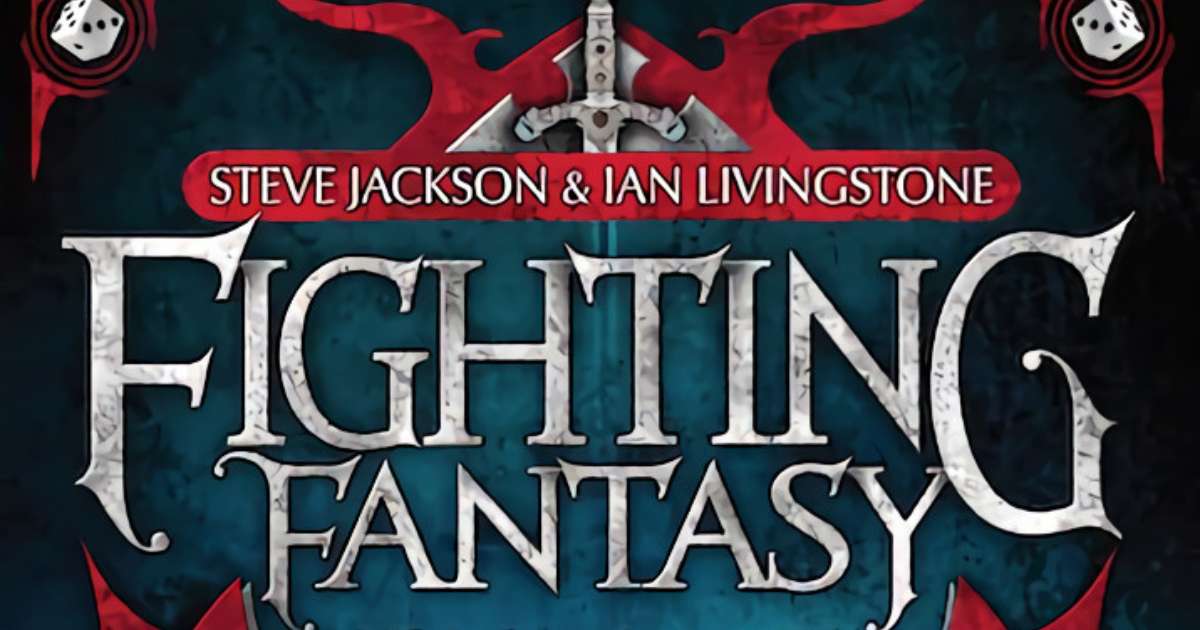Table of Contents
- Introduction
- The History of Fighting Fantasy Gamebooks
- Gameplay Mechanics in Fighting Fantasy
- The Fighting Fantasy Series
- Legacy of Fighting Fantasy
- Conclusion
Introduction
Interactive fiction has been around for decades, with the first text-based adventure game "Adventure" debuting in 1976. The genre has evolved over time, and one of its most popular iterations is the choose-your-own-adventure book series. One of the most influential gamebook series is Fighting Fantasy, which combined adventure, fantasy, and role-playing elements to create a new type of storytelling experience. This article provides an in-depth analysis of Fighting Fantasy gamebooks, covering their history, gameplay mechanics, series, and legacy.
The History of Fighting Fantasy Gamebooks
The Fighting Fantasy gamebook series was created by Steve Jackson and Ian Livingstone, who were founders of the British game company Games Workshop. In 1982, they published the first Fighting Fantasy book, "The Warlock of Firetop Mountain". It was a gamebook where players could make decisions, engage in combat, and use items to progress through the story. The book was a huge success, and Jackson and Livingstone went on to write and publish 59 more Fighting Fantasy gamebooks.
The gamebooks were published during the 1980s and early 1990s and were immensely popular among children and young adults. The books were not only entertaining but also educational, as they encouraged reading and problem-solving skills. The success of the Fighting Fantasy series paved the way for many other gamebooks and inspired other interactive storytelling mediums.
Gameplay Mechanics in Fighting Fantasy
The gameplay mechanics in Fighting Fantasy gamebooks are simple yet engaging. Players start by creating a character by rolling dice to determine their attributes, such as stamina, skill, and luck. These attributes are used to resolve combat and other challenges throughout the story.
Also read: Dissecting "Time Machine": A Time-Traveling Choose-Your-Own-Adventure Series
The gamebook is written in second-person point of view, so the reader becomes the protagonist of the story. Players are presented with choices at various points in the story, and their decisions determine the outcome of the story. These choices can lead to different story paths and multiple endings, which adds to the replayability of the gamebook.
The combat system in Fighting Fantasy gamebooks is turn-based and uses dice rolls to determine the outcome of the battle. Players can use weapons, spells, and items to defeat enemies and progress through the story. The gamebooks also contain puzzles and riddles that require players to use their problem-solving skills to advance.
The Fighting Fantasy Series
The Fighting Fantasy series consists of 59 gamebooks, each with its own unique story, setting, and characters. Some of the most popular titles in the series include "Deathtrap Dungeon", "The Forest of Doom", and "City of Thieves". The series has sold over 20 million copies worldwide and has been translated into more than 30 languages.
The success of the Fighting Fantasy series led to spin-offs, such as the Advanced Fighting Fantasy and Sorcery! series. Advanced Fighting Fantasy expanded on the gameplay mechanics of the original series, while Sorcery! introduced a new magic system and world-building elements.
Also read: Examining "The Boxcar Children: Interactive Mysteries": Solving Cases with Choices
The Fighting Fantasy series also inspired other gamebook series, such as Lone Wolf, Grailquest, and Choose Your Own Adventure. It had a significant impact on the fantasy and gaming industries and continues to be a beloved series among fans today.
Legacy of Fighting Fantasy
The Fighting Fantasy series has left a lasting legacy in the gaming and interactive storytelling communities. It introduced new gameplay mechanics that inspired other game developers and helped shape the role-playing game genre. The success of the series also paved the way for other interactive storytelling mediums, such as visual novels and adventure games.
The Fighting Fantasy series also played a significant role in promoting reading and literacy among young people. The gamebooks were not only entertaining but also encouraged problem-solving and critical thinking skills. They helped make reading a fun and interactive experience and introduced many young people to the world of fantasy literature.
The legacy of Fighting Fantasy can also be seen in the continued popularity of the series today. The books have been re-released in new editions and digital formats, and fans continue to create fan fiction and fan games based on the series. The series has also inspired a new generation of gamebook writers and designers, who are exploring new ways to tell interactive stories.
Conclusion
The Fighting Fantasy series is an iconic example of interactive storytelling and gamebook design. It introduced new gameplay mechanics, immersive storytelling, and engaging fantasy worlds that continue to inspire fans and creators today. With its enduring legacy and impact on the gaming and literary industries, Fighting Fantasy remains a beloved series that will continue to capture the imaginations of readers and gamers for generations to come.
